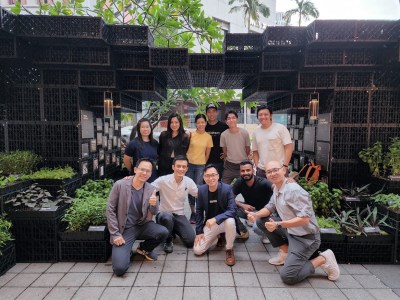At The Business Times Leaders’ Forum 2018, Mr Liew underscored the pressing demand for airport infrastructure. | Source: The Business Times © Singapore Press Holdings Limited.
The ASEAN region is “grossly deficient” in airport infrastructure, which severely hinders the region’s global connectivity, observed Surbana Jurong Chairman Liew Mun Leong at The Business Times Leaders’ Forum 2018 titled ASEAN: Now and Beyond. He emphasised that “improvements in airport connectivity will drive regional competitiveness when physical, economic, and material connections are optimised between airports and their respective cities”.
Currently, among the top 100 airports in Asia, 52 per cent of them need more terminal capacity and 69 per cent need more runway capacity by 2030. Moreover, ASEAN, which has twice the population of the US, has only one-third its number of airports. There is clearly a need for more airport infrastructure in the region, and Mr Liew opined that “the contrarian theory of ‘Supply Drives Demand’ can be valid in the aviation industry”, given that an airport takes many years to plan, design and construct.

Mr Liew was the special speaker at the event held on 21 May at the Shangri-La Hotel Singapore, which hosted about 250 participants, comprising C-suite business leaders, policymakers and government officials. Minister for Trade and Industry Chan Chun Sing was the guest of honour and keynote speaker.
In June, Mr Liew highlighted once again the importance of developing adequate airport infrastructure at the World Transport Convention in Beijing, this time for countries involved in the Belt and Road Initiative (BRI). In his speech titled “Crucial Infrastructure Global Connectivity Amongst BRI Countries”, he outlined how global air travel will expand dramatically from 8 billion passengers annually to 22 billion within the next two decades – causing a surge in demand for airports and aviation services.
He added that “many developing countries have under-estimated and under-built airport infrastructure”, and underlined the importance for BRI countries to leverage the wider range of funding sources and competencies of professional airport developers to address the shortage of airports, with the aim of improving air connectivity and accelerating economic progress. The aviation market in 2017 was a US$660 billion industry with an estimated total economic impact of about US$2.7 trillion. It supports directly and indirectly 62.7 million jobs worldwide, making it an attractive and booming industry. “The sky will be the limit,” he said.





















